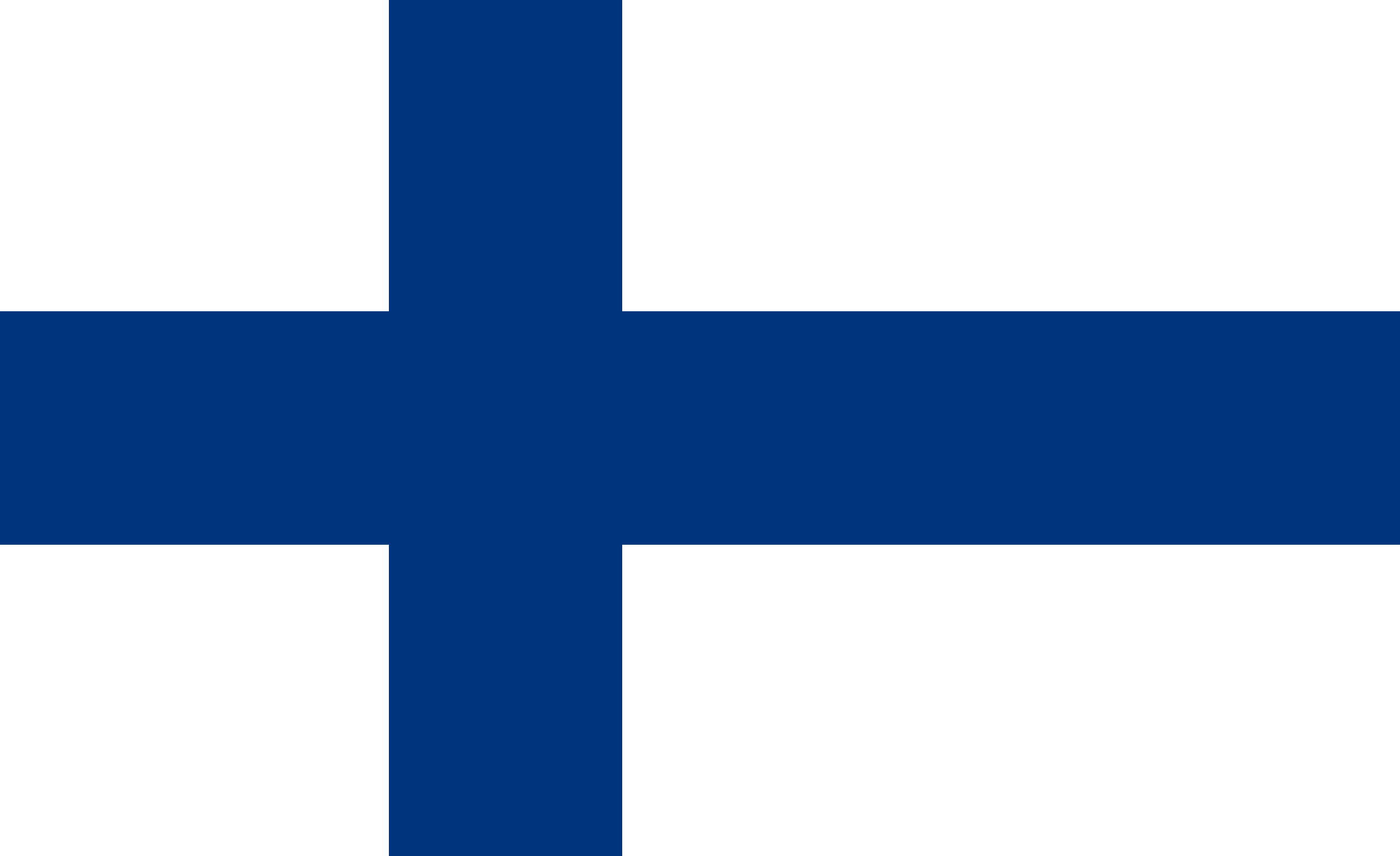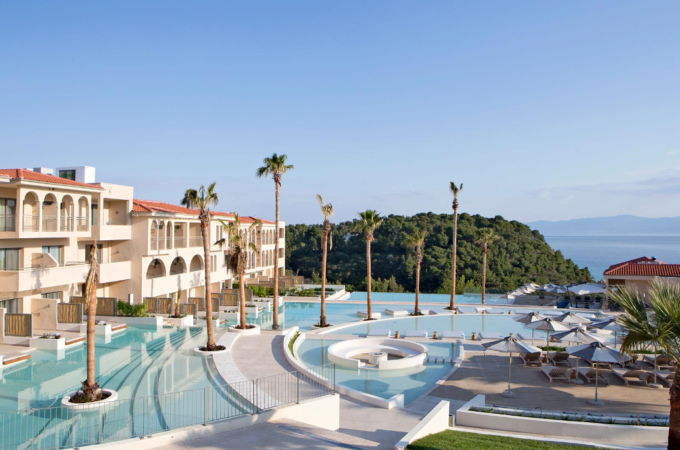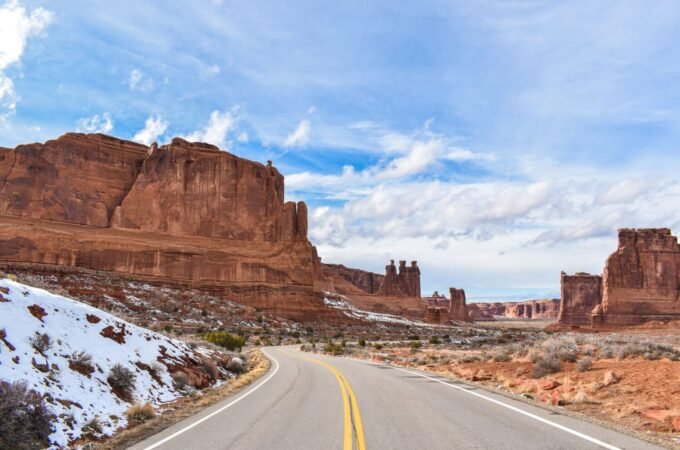
Top 11 Places To Visit In Finland
Finland is a vast country with a “tip to toe” length of over 1000 kilometers. Landscape and weather conditions differ greatly between northern and southern Finland. We have divided Finland into four distinctive regions that make it easier to understand what our country is all about.
From the vibrant art-filled cities of Helsinki and Turku to the depths of the boreal forests and the thinly-inhabited outer archipelago, Finland remains one of the relatively unknown corners of Europe. While the cities and towns offer many unique cultural and historical attractions, the natural surroundings serve as a playground for both winter and summer activities.
Helsinki is the main point of entry for most visitors to Finland. This is where sightseers will find the country’s finest museums, art galleries, restaurants, and shopping. It’s easy to spend a week exploring the city and enjoying the cultural attractions. Some of the most important sights in the city include Finlandia Hall, the architecture around Senate Square, Suomenlinna, and the underground Rock Church. Those with an interest in history or art will also want to allow some time to wander through the Finnish National Museum or the Finnish National Museum of Art. Nearby, the Open-Air Folk Museum on the island of Seurasaari, with old houses and timber buildings, reveals an in depth historical perspective on Finland.
Top 11 Places To Visit In Finland
Lapland
In Finnish folklore, an element of mystery is associated with Lapland, the country’s northernmost province. Lapland is the home of the one and only Santa Claus, around-the-clock sunlight in the summer and almost guaranteed Northern Lights every night of the winter. Experience the spirituality of Lapland and you will never be the same.



Lakeland
One of the most important birthplaces of the Finnish identity are in Lakeland, where the glittering lakes cover most of central Finland. The lakes are synonymous to peaceful summer days spent at a cottage relaxing by the water, swimming, paddling, rowing or fishing.



Coast & archipelago
Finnish coastline is long and the archipelago off it one of the world’s largest. The area is best explored by bike, foot or boat of some sort – be it a sailing boat or a kayak. Island-hopping with camping is a great way to experience the area, as is staying in small seaside B&B’s and hostels in old wooden towns like Rauma or Hanko.



Helsinki
Helsinki, the capital of Finland, is situated by the Baltic Sea with a 100-kilometre-long shoreline and around 300 islands. The compact, vibrant city is both highly cultural and incredibly relaxing, with beautiful nature so close it offers many great possibilities for various outdoor activities.



Turku
Turku is a medieval city situated at the mouth of Aura River on the southwest coast of Finland. It is the oldest city in Finland and is an important location for business and culture. Due to its historical importance, it has witnessed a lot of past events and has contributed to the Finnish History.



Rauma
Rauma is a town and municipality on the west coast of Finland. Rauma is best known for the old wooden architecture of its centre and its high quality of lace. It is a UNESCO World Heritage Site. The name Rauma comes from the Germanic word strauma, meaning stream.



Temppeliaukio Church
A Lutheran church in the Toolo neighborhood of Helsinki is the Temppeliaukio Church. The main attraction of its architecture is the natural light entering through the gazed dome on top. It was a regular venue for concerts because of its excellent acoustics. This was because of the internal architecture of the church made up of rough and un-worked rocks.


Suomenlinna
Suomenlinna, is a favorite picnic spot for the locals of Helsinki, Finland and is a well known tourist spot for people all around the globe. It is a UNESCO World Heritage Site. It is an inhabitant sea fortress build on six islands. The fortress was build in 1748 as a protection from Russian Expansionism.


Tampere
Tampere is one of the loveliest towns in all of Finland. It was founded in 1779 as an industrial settlement and is now Finland’s third largest town (the largest inland town in Scandinavia) and the country’s leading industrial city. It lies between two lakes, Näsijärvi, to the north, and Pyhäjärvi, to the south, which are linked by the Tammerkoski, a stretch of rapids about 900 meters long. Tampere is noted for its active cultural life with an open-air theater, numerous festivals, and popular sports teams. After Finland came under Russian control in 1809, the development of the town was promoted by the Tsars; thus between 1821 and 1906 its exports to Russia were exempted from customs duties.



Vaasa
Established in the 1300s, Vaasa was an important town in the time that Sweden ruled Finland. The original town burned down in 1852 and was relocated six kilometers northwest near a better harbor. The ruins of the old city are now a giant park (Vanha Vaasa, Gamla Vasa) that is well worth the visit. The town is about 34 percent Swedish-speaking and retains many ties to Sweden. Surrounded by a wide range of cafés, restaurants, and shops, the large market place is the center of city life. This peaceful town offers plenty of attractions.



Oulu
Sweet little Oulu (Swedish Uleåborg) lies near the north end of the Gulf of Bothnia, at the mouth of the Oulu river. Its university was founded in 1959. In spring, there are numerous sporting events such as skiing competitions in the Oulu area. Towards the end of the 16th century, King John III of Sweden built a castle on the island of Linnansaari at the mouth of the Oulu river, and the town grew up on this island, receiving its municipal charter in 1610. In 1822, it was almost completely destroyed by fire. The town was swiftly rebuilt in accordance with a plan prepared by Johan Albrecht Ehrenström. During the 19th century, the trade in tar flourished, and the town prospered accordingly.








